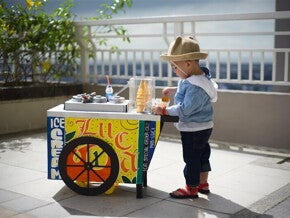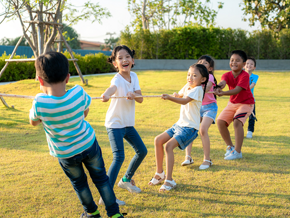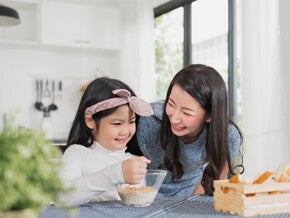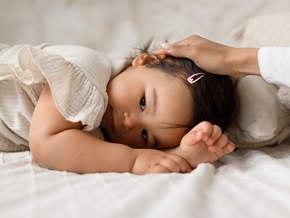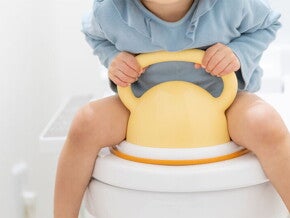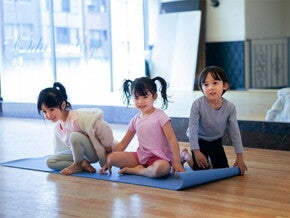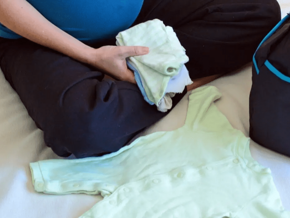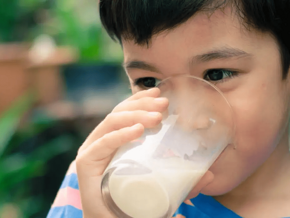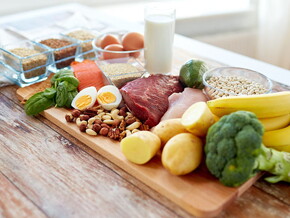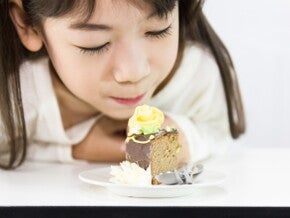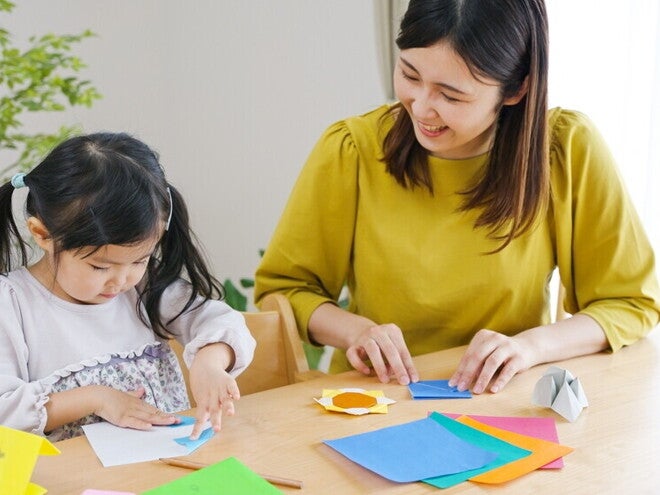
7 Tips This Mom Wants You to Know About DIY Halloween Costumes
There’s no shame in buying costumes from a store. The fact that you’re planning to dress up your children for trick or treating is already a sign you care, no matter how you’re doing it. But if you’re in the mood for DIY Halloween costumes, you’re guaranteed a number of benefits, from exercising your creativity to crafting something unique.
With Pinterest and YouTube, coming up with something homemade has never been more convenient. But thinking of what costume to make is only the first step.
Writer and editor Sasha Mariposa has been making costumes for her two boys since they were born—and has been an avid DIY-er long before that. After over a decade wielding her glue gun and shaping cardboard, she’s learned a few important lessons when it comes to designing DIY Halloween costumes for kids.
1. Start With What You Already Have
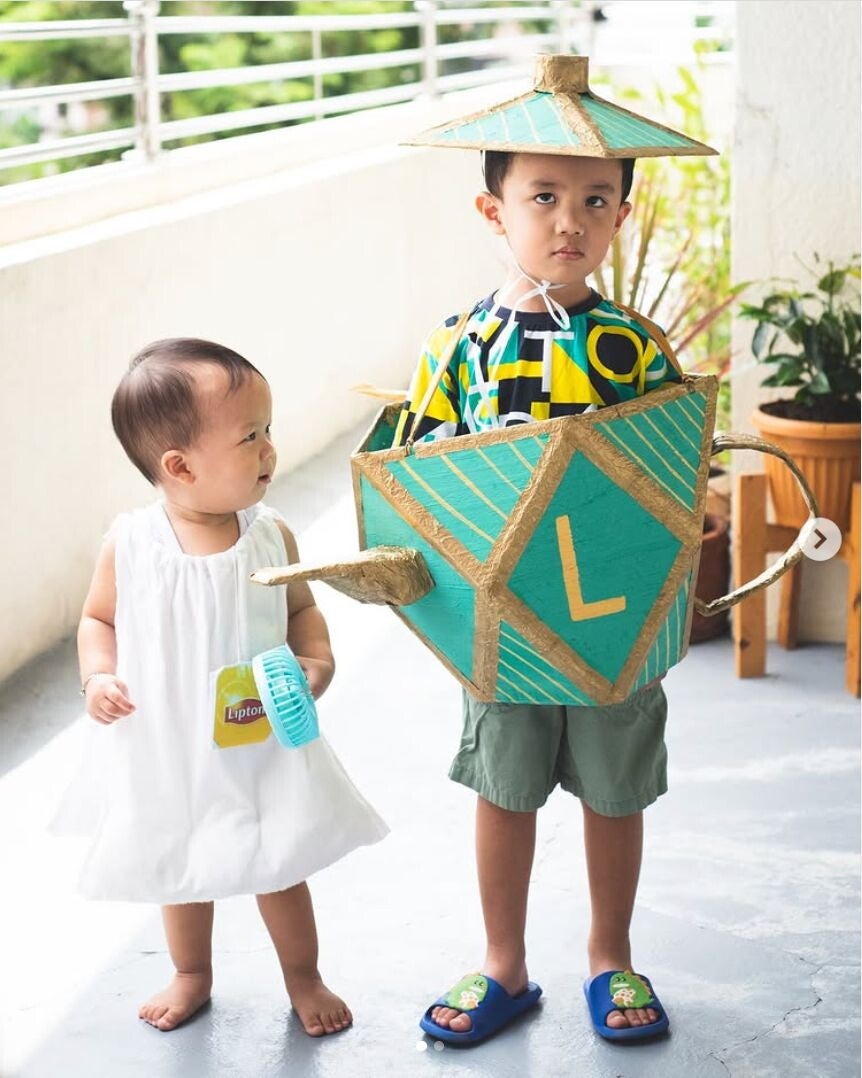
When her older son had to dress up as a teapot for school, Mariposa dressed up her younger son as a teabag, using an old katsa bag and printing out a tea label.
Before you even think about heading to the mall or adding items to your online cart, take a tour of your own home. Your child’s closet, your old pambahay stash, even the kitchen drawer with the aluminum foil? They’re a goldmine for costume ideas.
“A plain white shirt? That’s an easy base for a ghost costume. Old soda bottles? Turn them into jetpacks. I once used an old drawstring bag to make a tea-bag costume,” Mariposa says.
You don’t need to spend big to make something magical. Most of the time, the best costumes are already hiding in your bodega, just waiting for a little parent magic.
2. Include Your Kids in the Process
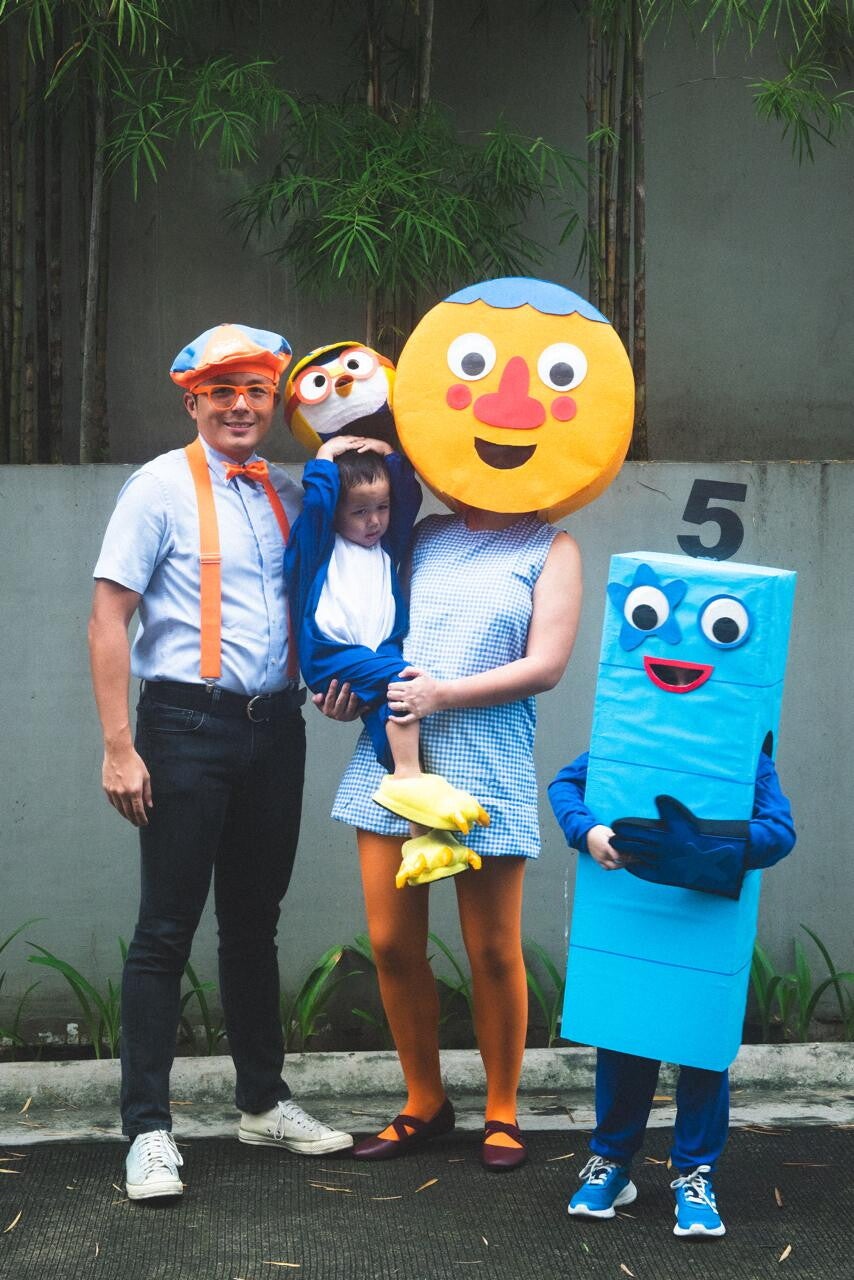
"We always dress us as a family and whatever the kids want becomes the basis for our theme,” says Mariposa.
“My kids let me know what they want to be as soon as the last Halloween ends!” Mariposa says. “This allows me to fine-tune their ideas or also to steer them in a much more practical direction, if their ideas are just too out there.”
Mariposa busies herself with the measuring and cutting, but allows her kids to help paint, glue, and color. “They’re always so proud to wear something they helped create, and it teaches them creativity, resourcefulness, and that not everything has to come from a store.”
Involving your kids in daily tasks can teach them valuable life skills. Plus, it’s a free bonding moment!
3. Base Everything on Your Skill Set
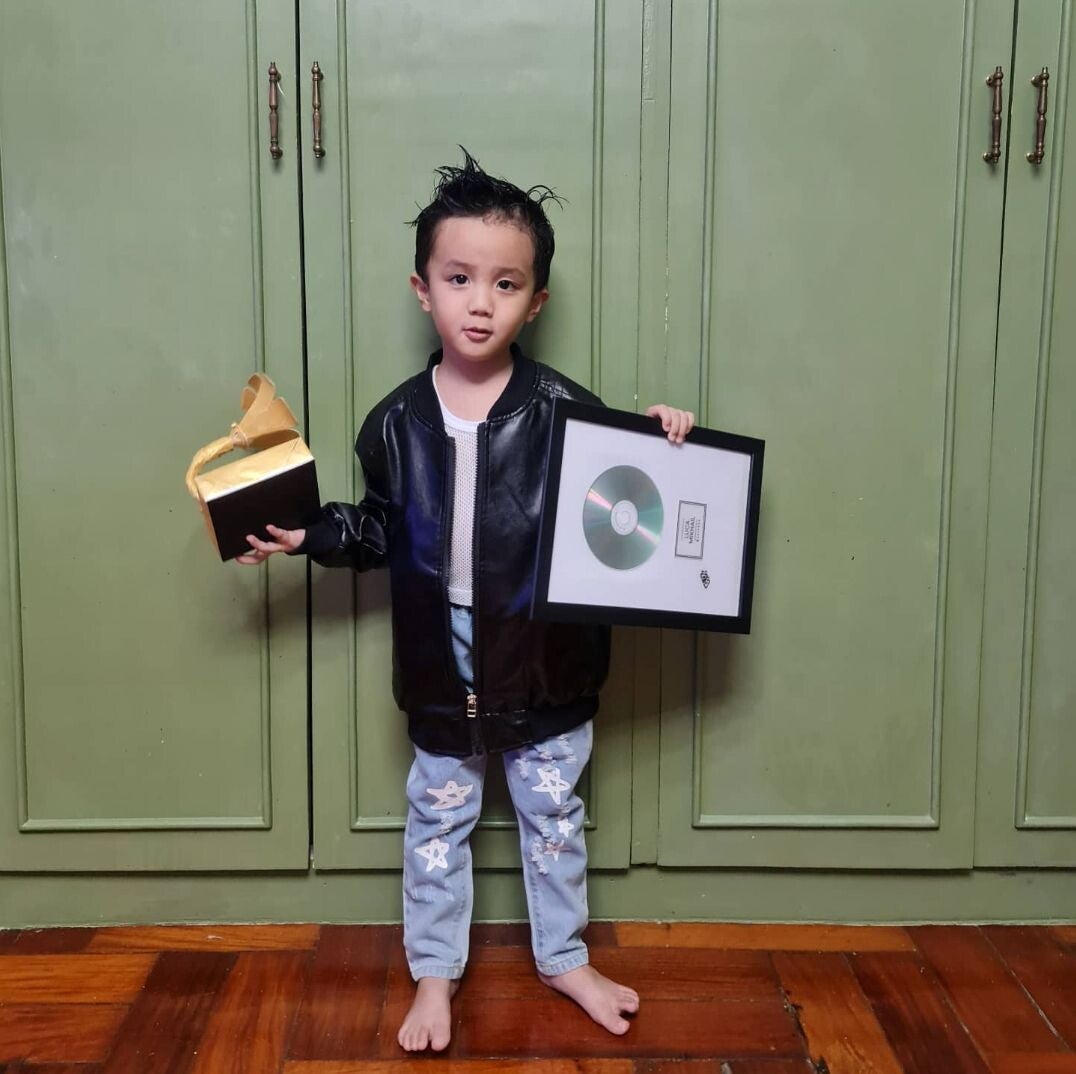
When she’s in a time or materials crunch, she makes use of what’s around her. She used an old CD to create a Platinum award and leftover cardboard for a Grammy trophy when her son wanted to be a singer.
Sped-up Pinterest and TikTok videos make things look easier than they seem. But sewing foam, shaping masks, and painting do not take five minutes. If you’re more comfortable as a gluer, don’t try to force sewing—especially if you’re in a time crunch.
Mariposa says box-based costumes are a good jumping-off point if you’re new to DIY Halloween costumes: “With some art paper and paste, you can essentially turn them into anything.
4. Consider External Factors
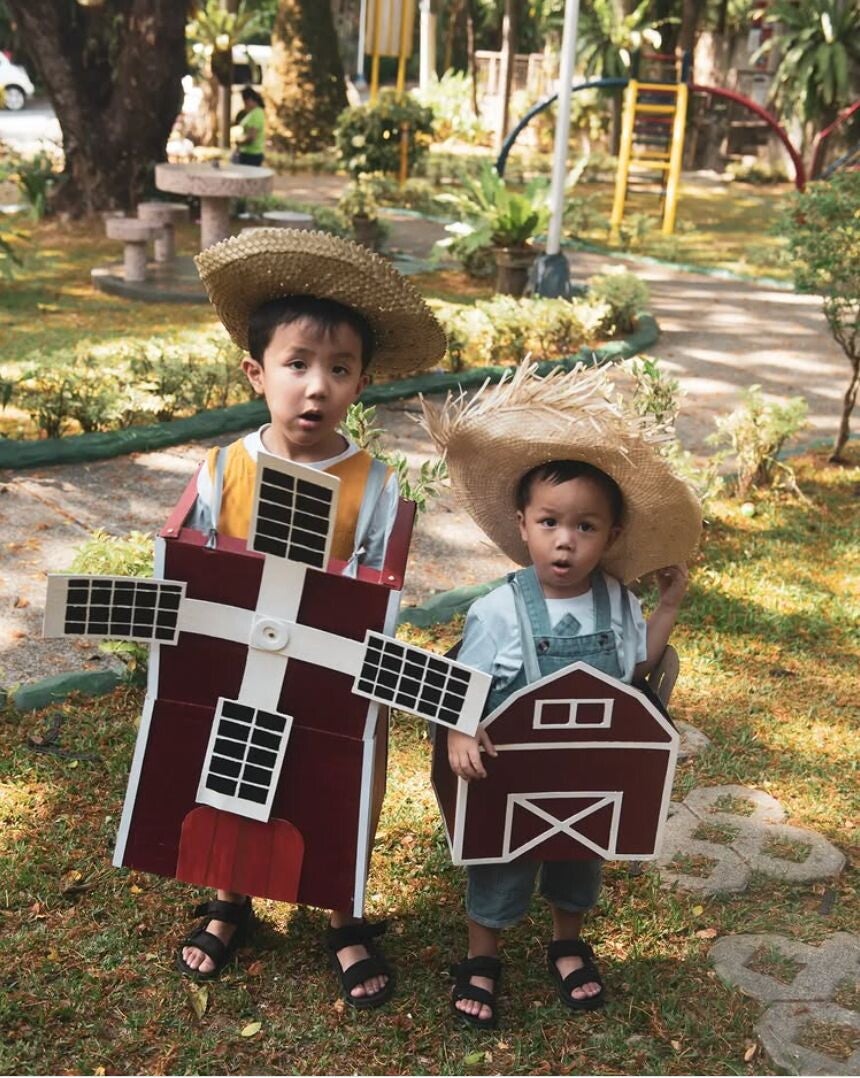
Mariposa’s favorite materials are paper and cardboard. She collects boxes throughout the year and saves them for Halloween.
Before committing to a costume idea (or taking requests from your kids), Mariposa recommends asking yourself the following questions:
How old is your child?
A child who’s seven or older might be able to handle those adorable Transformer costumes, while a toddler might have a hard time with something bulky. It goes without saying, but smaller children, including infants, should have baby-safe Halloween attire. Nothing heavy and definitely nothing to cover their face.
Where is your child wearing the costume?
Are they wearing it in school? At a Halloween party with lots of games? Will there be air-conditioning, or is it an al fresco situation? Knowing these details, says Mariposa, can help you narrow down not only your costume choice but also the materials you’ll use.
Will you be around when your child wears their costume?
Mariposa reminds other parents that it’s easy to choose a costume you’ve seen online. You may even have the skills to create a complicated outfit. However, you need to check how much maintenance your child’s costume might require.
“I’ve been to parties and seen costumes with so many moving parts that require assembly or are falling off,” she adds, “but what happens when you’re not around to fix it?” Ideally, you should opt for a costume that your child can wear or take off by themselves.
How long will they be wearing it?
Your DIY Halloween costume made of heavy papier mâché or rubber might be too much for an hours long party. Again, Mariposa emphasizes that any DIY Halloween costume should be easy to put on and take off, whether supervision is present. Remember, keep it kid-comfy!
Will other children be present?
Other children are curious. They might want to tug, pull, press, yank at your child’s costume. What if your child takes off their outfit and park it on the side to play Halloween games? Other inquisitive kids might play with them. Make your masterpiece durable and kulit-proof.
5. Factor in Your Child’s Temperament
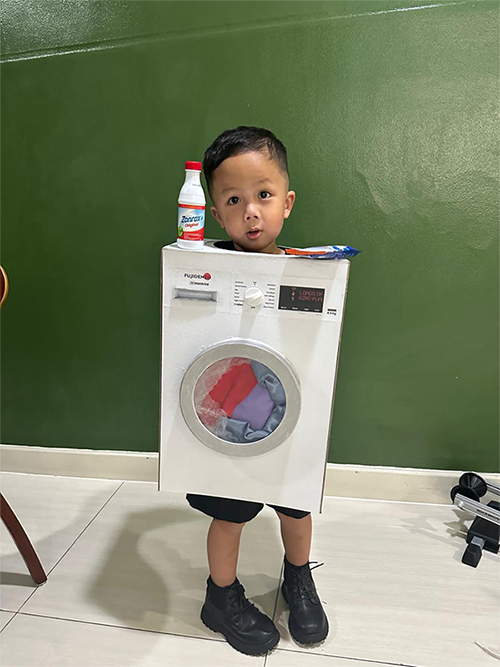
When her son asked for a washing machine costume, Mariposa delivered using a large illustration board and old scraps.
Face it, parents. Some kids are more behaved than others. “One of my sons is particularly finnicky about his costumes and will be on his very best behavior until the judges have seen him—he loves joining competitions,” Mariposa shares.
“On the other hand, my other son loves fiddling with everything he finds interesting. If I put a lot of dangling or colorful elements, he’ll have wrecked his DIY Halloween costume before we even left the house,” she adds.
Avoid overly complex masterpieces if you’re child isn’t quite ready to commit to it.
6. Stick to One Focal Detail
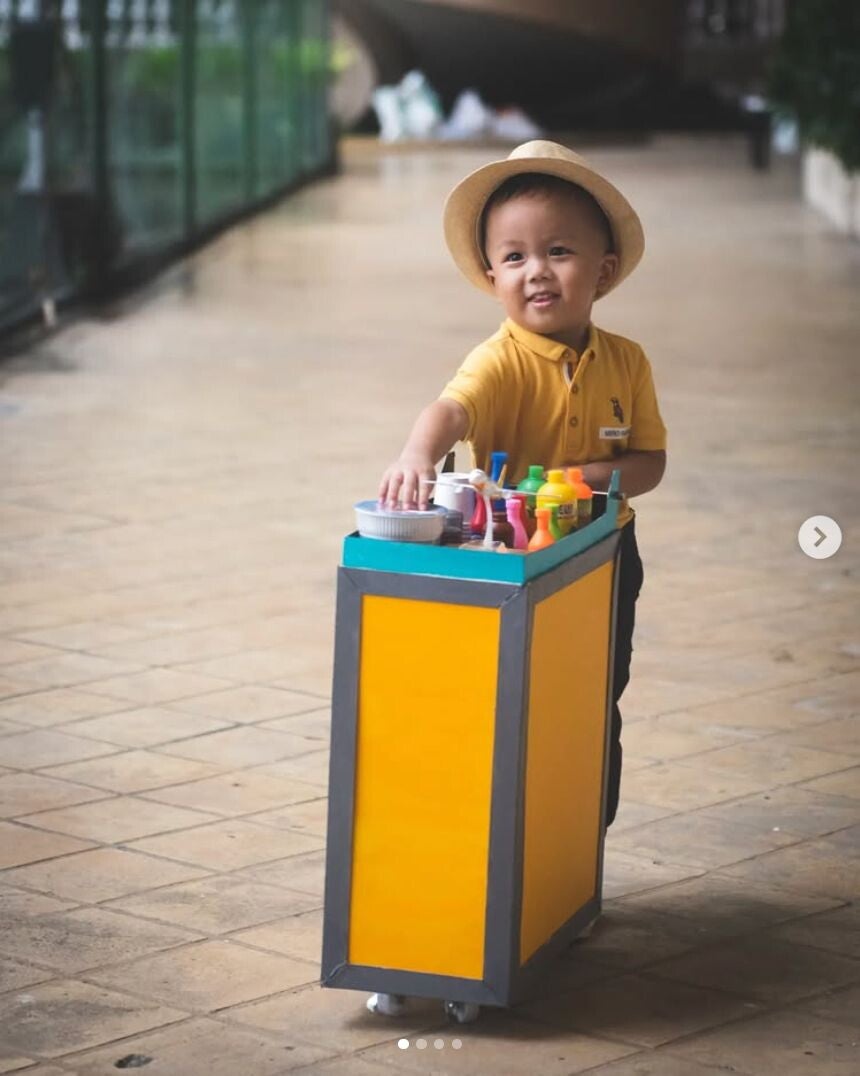
For her son’s flight attendant costume, Mariposa made the costume easily wearable but with an eye-catching prop.
Don’t stress about creating a head-to-toe DIY Halloween costume. Focus on one standout element and let it shine, especially if your children are on the younger side. If you already have a pineapple hat, let that be the hero. Pair it with a plain yellow shirt and green shorts.
Got a baro’t saya skirt? Just add a basic blouse and a flower hair clip. This keeps the costume comfy, easy to wear and budget-friendly. Trust us, kids care more about feeling cool than looking Pinterest-perfect.
7. Plan, But Stay Flexible
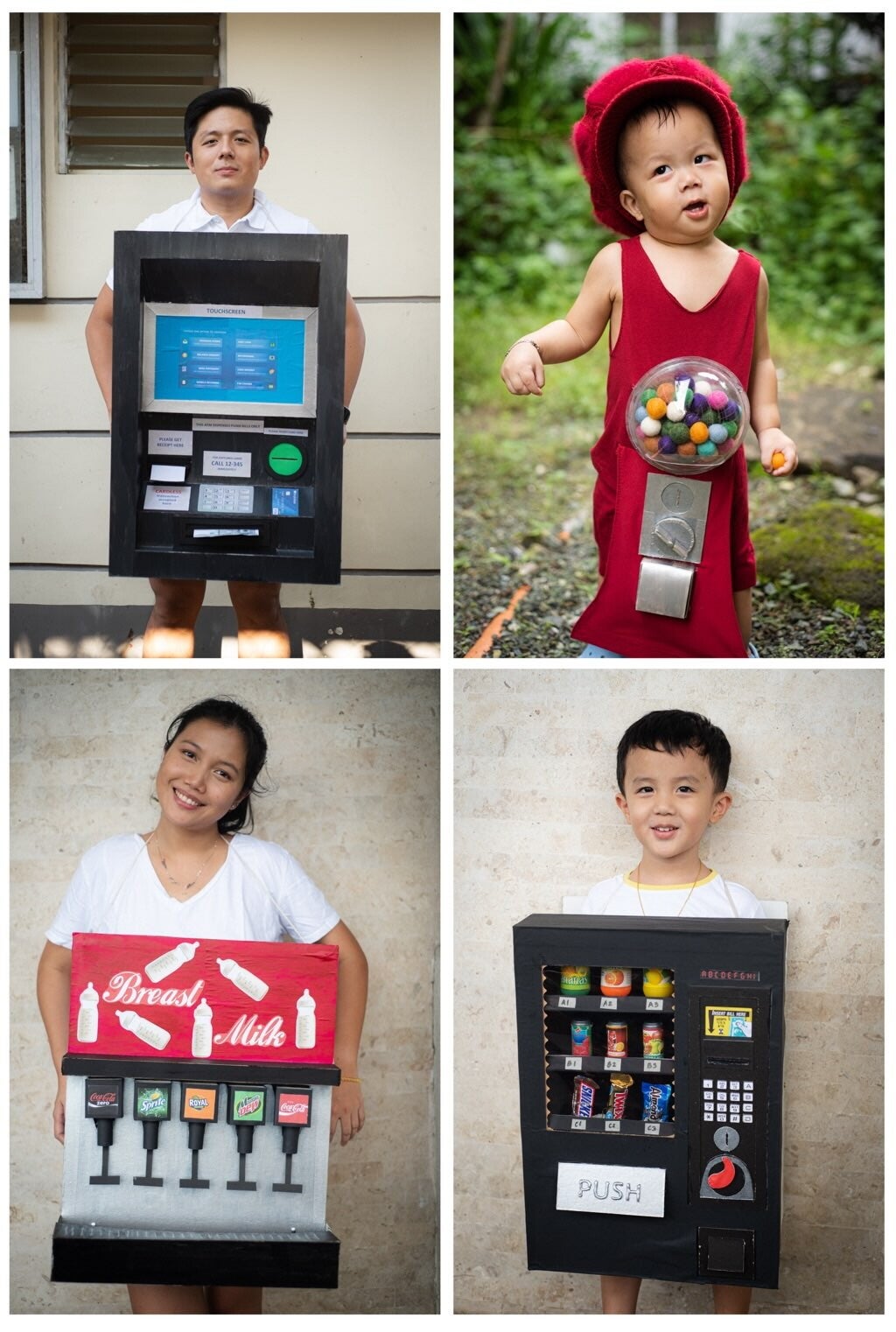
Mariposa's family loves assigning themes to their DIY Halloween costumes. For one year, they went as different kinds of dispensing machines.
Try to start early. Depending on how complicated the costumes are, Mariposa admits tjat she’s started as early as August. Even just choosing a theme a few weeks ahead makes a big difference. It gives you time to gather materials, scrounge around for spare fabric, or check if that toy sword is still in the bodega.
But also, be ready for curveballs. Kids are unpredictable (and adorably fickle), so have a backup idea or be open to tweaking the costume last-minute. “The goal is to make memories, not perfection. I want them to be comfortable and proud of what they’re wearing,” adds Mariposa.”
DIY Halloween costumes can be stressful, but they can also be incredibly rewarding. Follow these tips, start simple, and you’re on your way to becoming a crafty parent. Share your works of art and pride on the ParenTeam Moms and Dads Facebook page.










